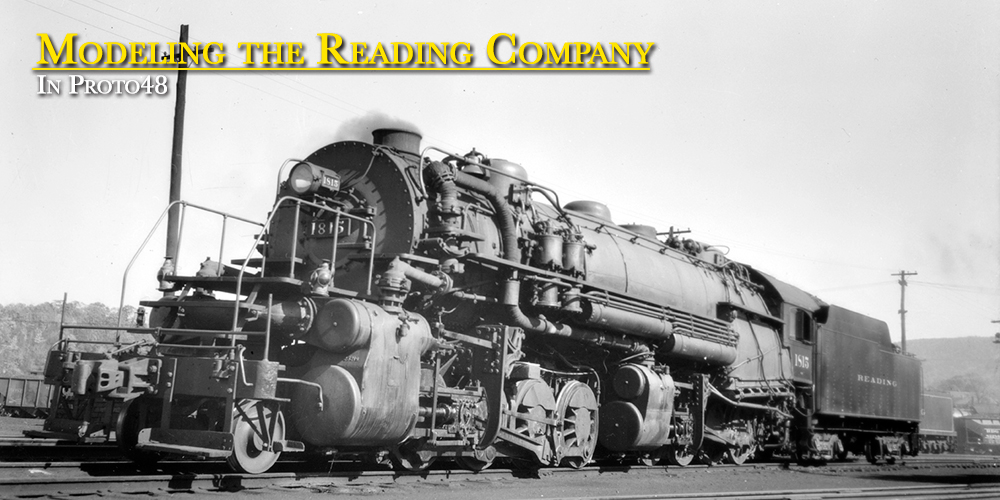The area that I have chosen to model is rich with open hopper cars. But it also has a few scheduled symbol freights moving through also.
So what does that mean really to my layout? It means I need a lot of open hopper cars. They will make up at least 60% of the traffic on the line.
Next question, how many cars are going to be home road cars? Looking at the photos and reading different accounts of the traffic on the line, you begin to understand that not all the cars are going to be Reading. What percentage are the off-road cars and what roads should be modeled is a topic in and of itself. But let hold that off until another time. Lets talk about what RDG open hoppers were on the roster in 1952.
Going back to the bible (January 1952 ORER) I was able to compile the following list of Reading open hoppers classes and their totals.
| Class | No. of Cars | % of Total | Model Roster based on 50 cars |
| HTf | 334 | 2% |
1
|
| HTh | 4214 | 24% |
12
|
| HTj | 1831 | 10% |
5
|
| HTl/HTn | 3504 | 20% |
10
|
| HTo | 995 | 6% |
3
|
| HTp | 339 | 2% |
1
|
| HTr | 996 | 6% |
3
|
| HTs | 1654 | 10% |
5
|
| HTs (steel) | 2 | 0% |
0
|
| HTt | 1000 | 6% |
3
|
| HTu | 749 | 4% |
2
|
| HTv | 2000 | 11% |
5
|
| Totals | 17618 | 100.0% | 50 |
Look closely at the total number, 17618 open hoppers. Of the 17618 hoppers, only 2 HTs steel rebuilds have been built so far. What do you really think the chances of ever seeing one in a typical train? Not very high.
If you look at the percentage number that will give you an idea of how many cars of that class you might see on average for every 100 RDG hopper cars that run past you.
This is one of the best arguments I know of to NOT model one of a kind cars, unless you know they served s specific customer on your line. An example of modeling a one-of-a-kind car that ran on your line was the PRR X30 which ran out of Elmira, NY where it serviced the LaFrance Fire Engine Company. So when I was going to model the Elmira branch of the PRR I planned to build one.
References:
January 1952 Official Railway Equipment Register
October 1953 Official Railway Equipment Register
April 1956 Official Railway Equipment Register
